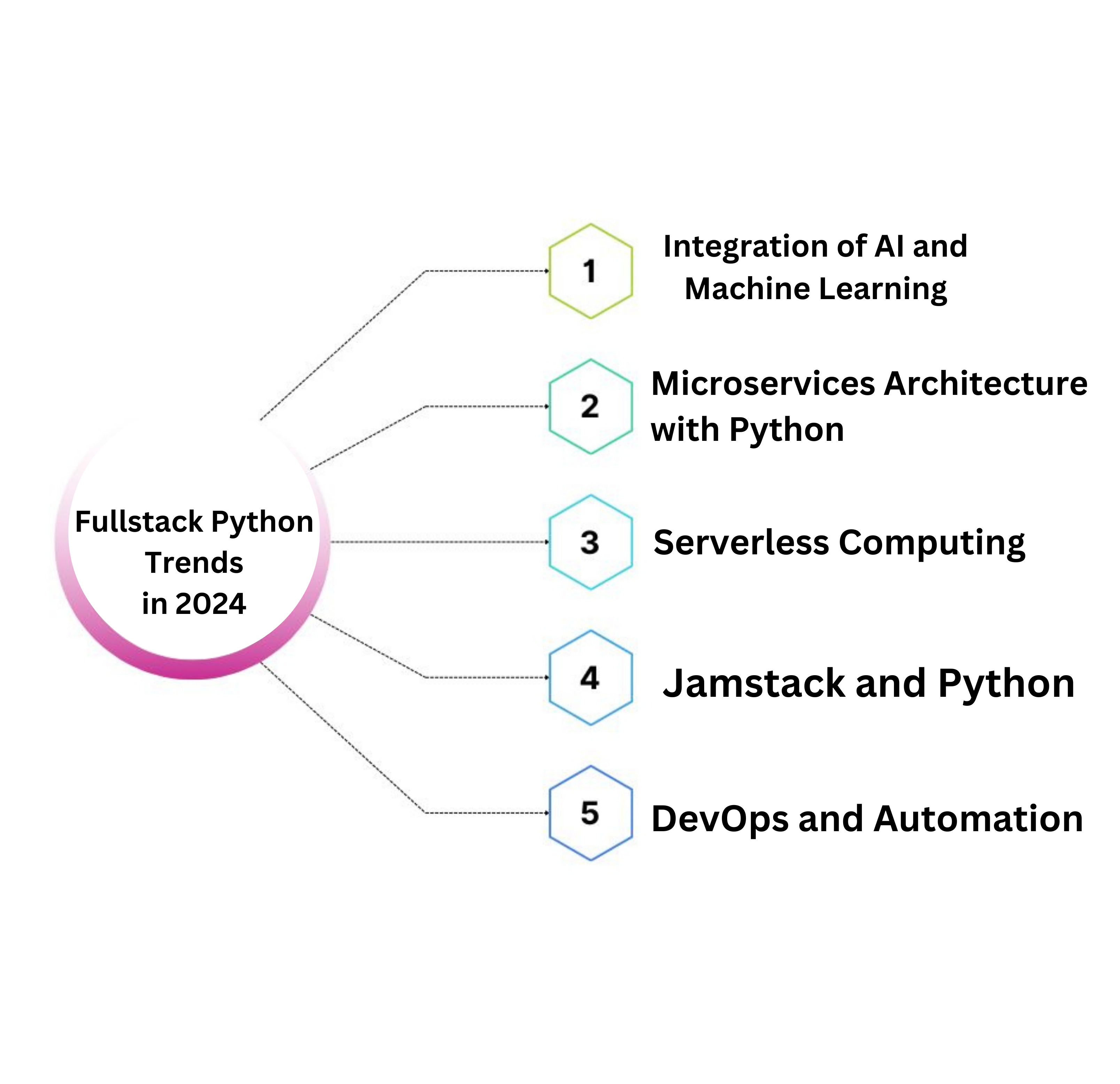Top five FullStack Python trends in 2024
"Embark on the full-stack Python journey of 2024 with anticipation for five transformative trends. Expect Artificial Intelligence to deeply integrate into Python ecosystems, enhancing personalized user experiences. Immersive technologies like Augmented Reality (AR) and Virtual Reality (VR) will revolutionize frontend development, offering new avenues for user engagement. Sustainable development practices will take center stage, with Python developers prioritizing eco-friendly solutions to resonate with environmentally conscious audiences. Voice Search Optimization will continue to gain traction within Python backend development, shaping SEO strategies for a voice-activated future. Lastly, as privacy concerns persist, ethical data usage and privacy-focused development practices will emerge as essential considerations for full-stack Python developers navigating the evolving digital landscape."
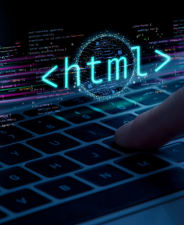
1.Integration of AI and Machine Learning:
Python's dominance in AI and machine learning is expected to continue, with increasing integration of AI capabilities into full-stack development.
Developers will leverage libraries like TensorFlow, PyTorch, and scikit-learn to implement AI-powered features in web applications, such as recommendation systems, natural language processing (NLP), and computer vision.
2.Microservices Architecture with Python:
The adoption of microservices architecture for building scalable and resilient web applications will rise.
Python frameworks like FastAPI will gain popularity due to their ability to efficiently develop and deploy microservices with minimal overhead and high performance.

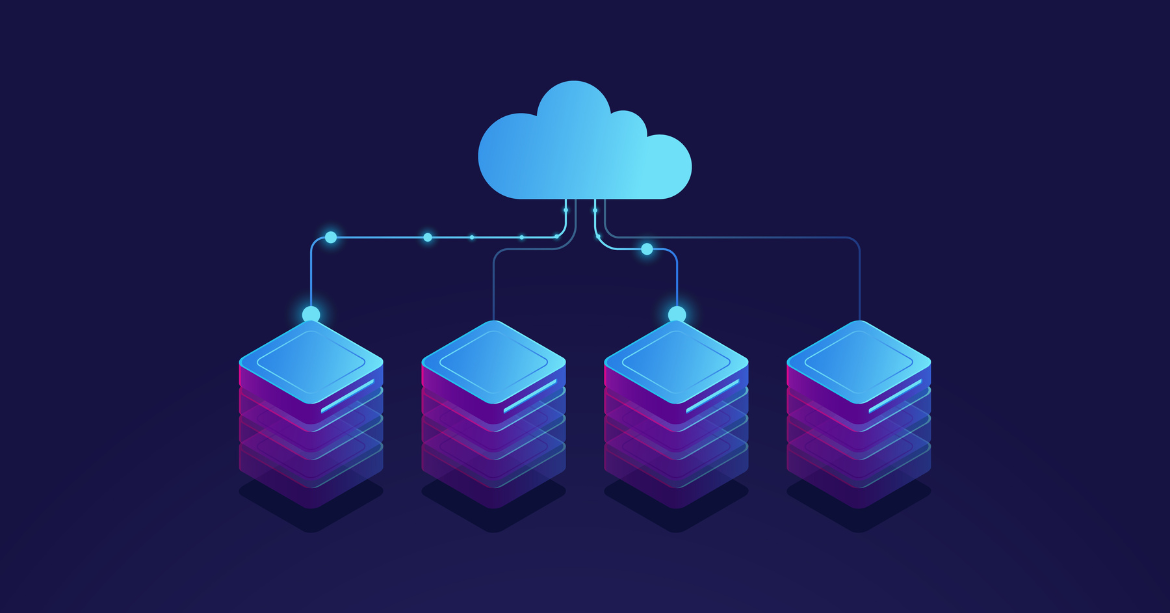
3.Serverless Computing:
Serverless architecture, which allows developers to focus on writing code without managing server infrastructure, will gain traction.
Python's versatility and compatibility with serverless platforms like AWS Lambda, Azure Functions, and Google Cloud Functions will drive increased adoption of serverless development for full-stack applications.
4.Jamstack and Python:
Jamstack (JavaScript, APIs, and Markup) will continue to gain momentum as a modern architecture for building fast, secure, and highly scalable web applications.
Python will play a crucial role in the backend of Jamstack applications, providing API services and server-side logic while frontend technologies like React and Vue.js handle the presentation layer.
5.DevOps and Automation:
DevOps practices will become more prevalent in full-stack Python development, emphasizing collaboration, automation, and continuous delivery.
Tools like Docker, Kubernetes, and Ansible will be widely used to streamline the deployment, scaling, and management of Python applications, enabling faster release cycles and improved reliability.
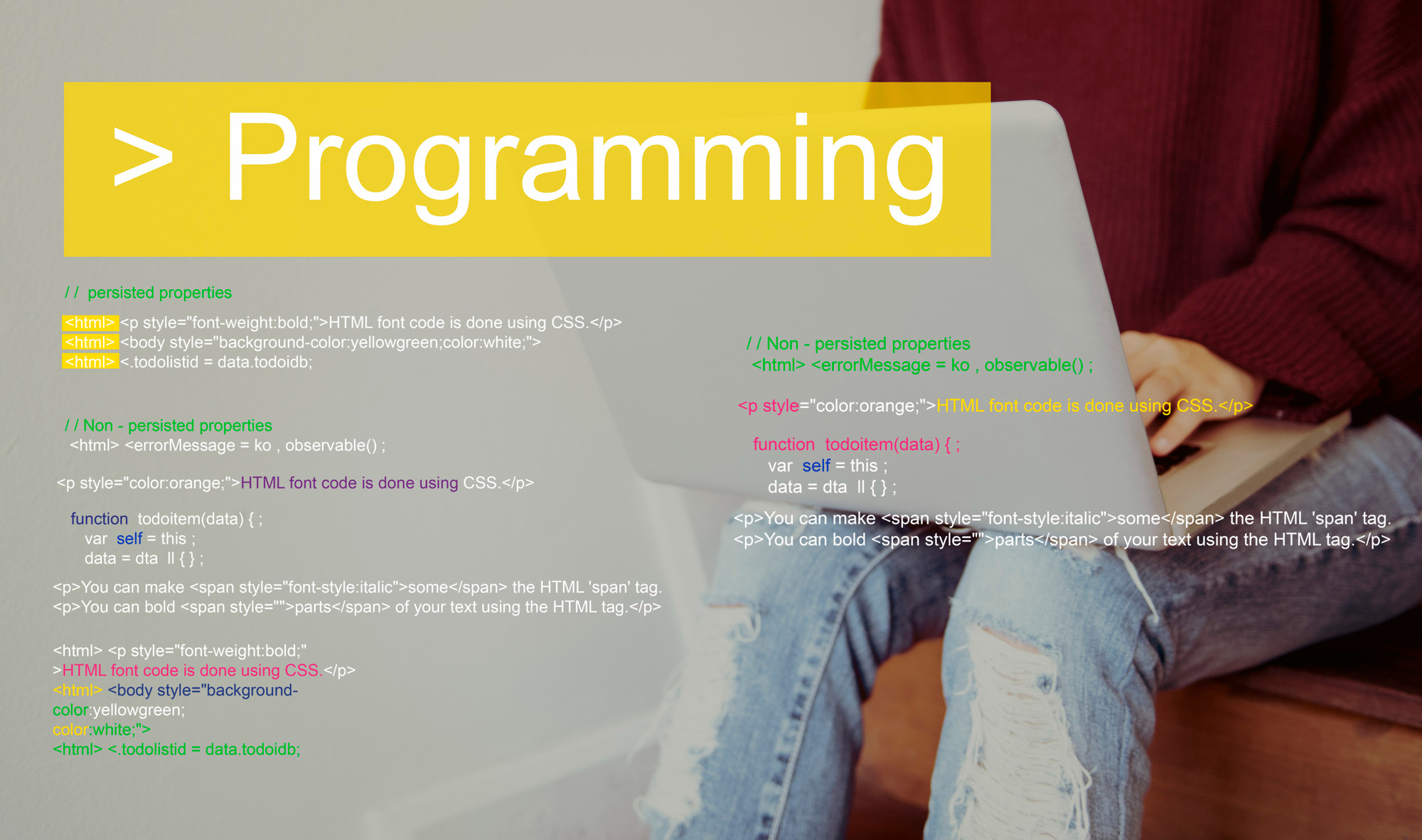
Staying Ahead with FullStack Python Trend
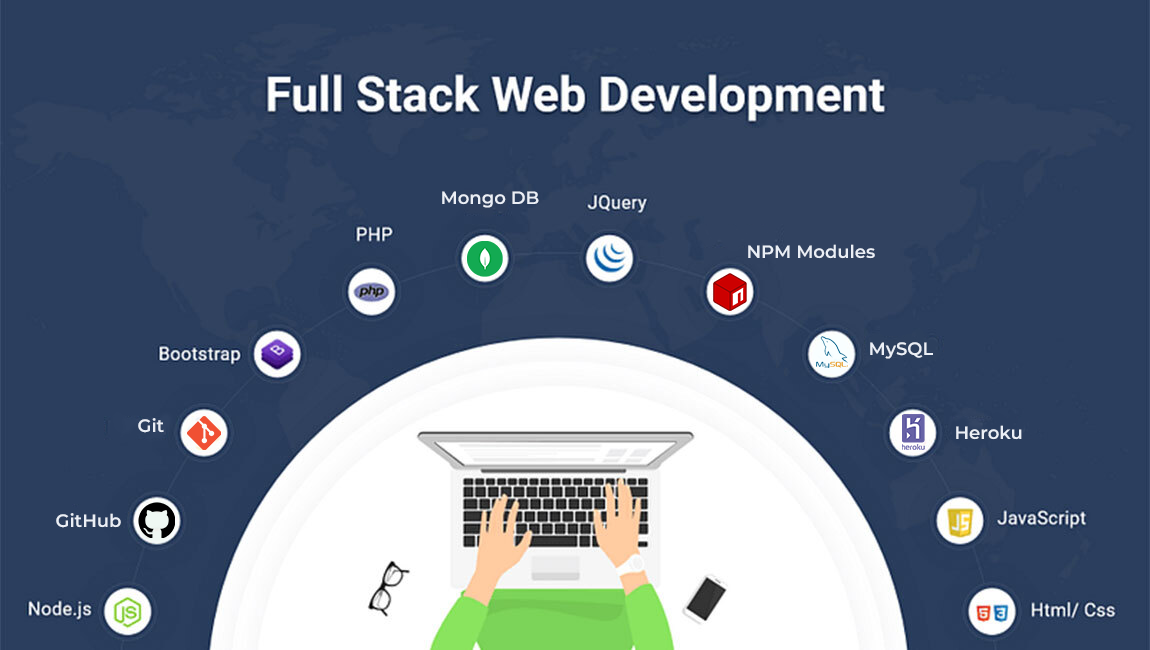
In the realm of full-stack Python development maturity, businesses progress through distinct phases, each indicative of their evolving strategies and proficiency in navigating the digital landscape. At the entry level (1-3), sporadic Python development efforts may mark the beginning, with a limited grasp of backend and frontend integration. As brands ascend into the emerging stage (4-5), a growing understanding of Python frameworks and libraries emerges, although strategies may lack consistency. Upon reaching the intermediate stage (6-7), businesses establish a more solid full-stack Python presence, showcasing cohesive strategies and improved application architecture. Advancing further into the advanced stage (8-9), organizations achieve high proficiency, employing sophisticated Python development tools and automation for seamless integration and deployment. Finally, at the expert level (10), businesses stand as leaders in full-stack Python development. The full-stack Python maturity rating becomes a compass guiding businesses towards greater innovation and strategic excellence in digital application development.

